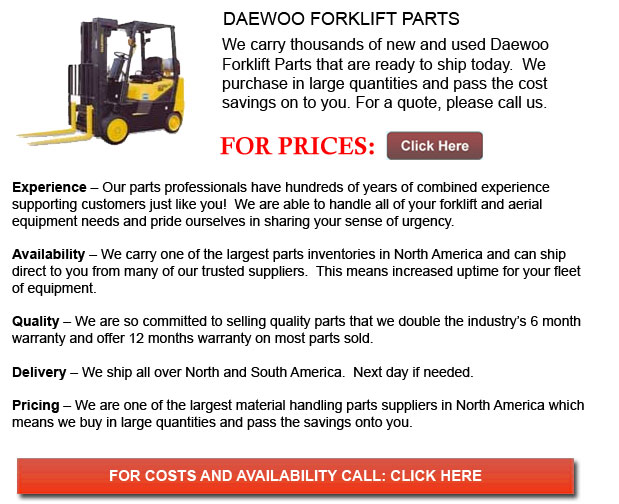
Daewoo Forklift Part - Kim Woo-Jung, the son of the Provincial Governor of Daegu, founded the Daewoo group in the month of March of nineteen sixty seven. He first graduated from the Kyonggi High School and after that studied at Yonsei University in Seoul where he completed a Degree in Economics. Daewoo became amongst the Big Four chaebol within South Korea. Growing into a multi-faceted service conglomerate and an industrial empire, the business was famous in expanding its global market securing several joint ventures internationally.
After the end of the Syngman Rhee government in the 1960s, Park Chung Hee's new government came aboard to encourage growth and development in the nation. This increased access to resources, financed industrialization, promoted exports, provided protection from competition to the chaebol in exchange for a company's political support. At first, the Korean government instigated a series of 5 year plans under which the chaebol were required to attain a series of certain basic objectives.
When the second 5 year plan was implemented, Daewoo became a major player. The business greatly profited from government-sponsored cheap loans which were based on probable income earned from exports. At first, the business concentrated on labor intensive clothing industries and textile that provided high profit margins. South Korea's large workforce was the most important resource in this particular plan.
Between the years of 1973 and 1981, when the third and fourth 5 year plans occurred for Daewoo; Korea's workforce was in high demand. The countries competitive advantage began to dwindle because of increased competition from several countries. In response to this change, the government responded by concentrating its effort on electrical and mechanical engineering, construction efforts, petrochemicals, military initiatives and shipbuilding.
In the end, Daewoo was forced by the government into shipbuilding. Although Kim was unwilling to enter the business, Daewoo quickly earned a reputation for producing reasonably priced oil rigs and ships.
Throughout the subsequent decade, the Korean government became a lot more liberal in economic policies. As the government reduced positive discrimination, loosened protectionist import restrictions and encouraged small, private companies, they were able to force the chaebol to be a lot more aggressive abroad, while supporting the free market trade. Daewoo successfully started numerous joint projects with European and American businesses. They expanded exports, semiconductor manufacturing and design, machine tools, aerospace interests, and various defense products under the S&T Daewoo Business.
Daewoo ultimately started producing affordable civilian airplanes and helicopters compared to counterparts in North America. Next the business expanded more of their efforts into the automotive industry. Impressively, they became the 6th largest automobile manufacturer on the globe. All through this time, Daewoo was able to have great success with reversing faltering companies in Korea.
During the 80s and 90s, Daewoo moved into different sectors comprising computers, consumer electronics, buildings, telecommunication products and musical instruments like the Daewoo Piano.
![]() Click to Download the pdf
Click to Download the pdf
Forklift Parts
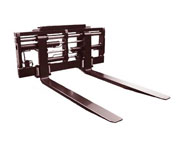

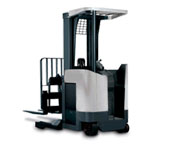

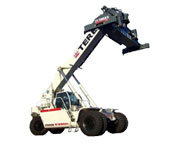

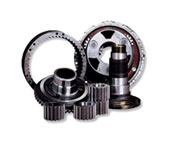

Lift Parts Express
TOLL FREE: 1-888-695-7994
LOCAL: (657) 237-2624
8941 Atlanta Avenue #355
Huntington Beach, California
forkliftpartshuntingtonbeach.com
Email Us
About Us


